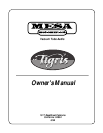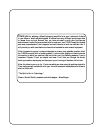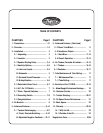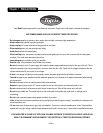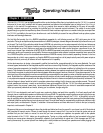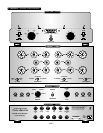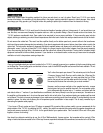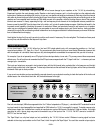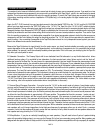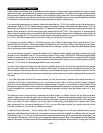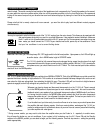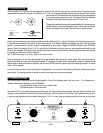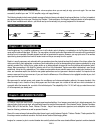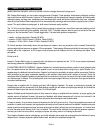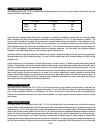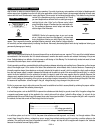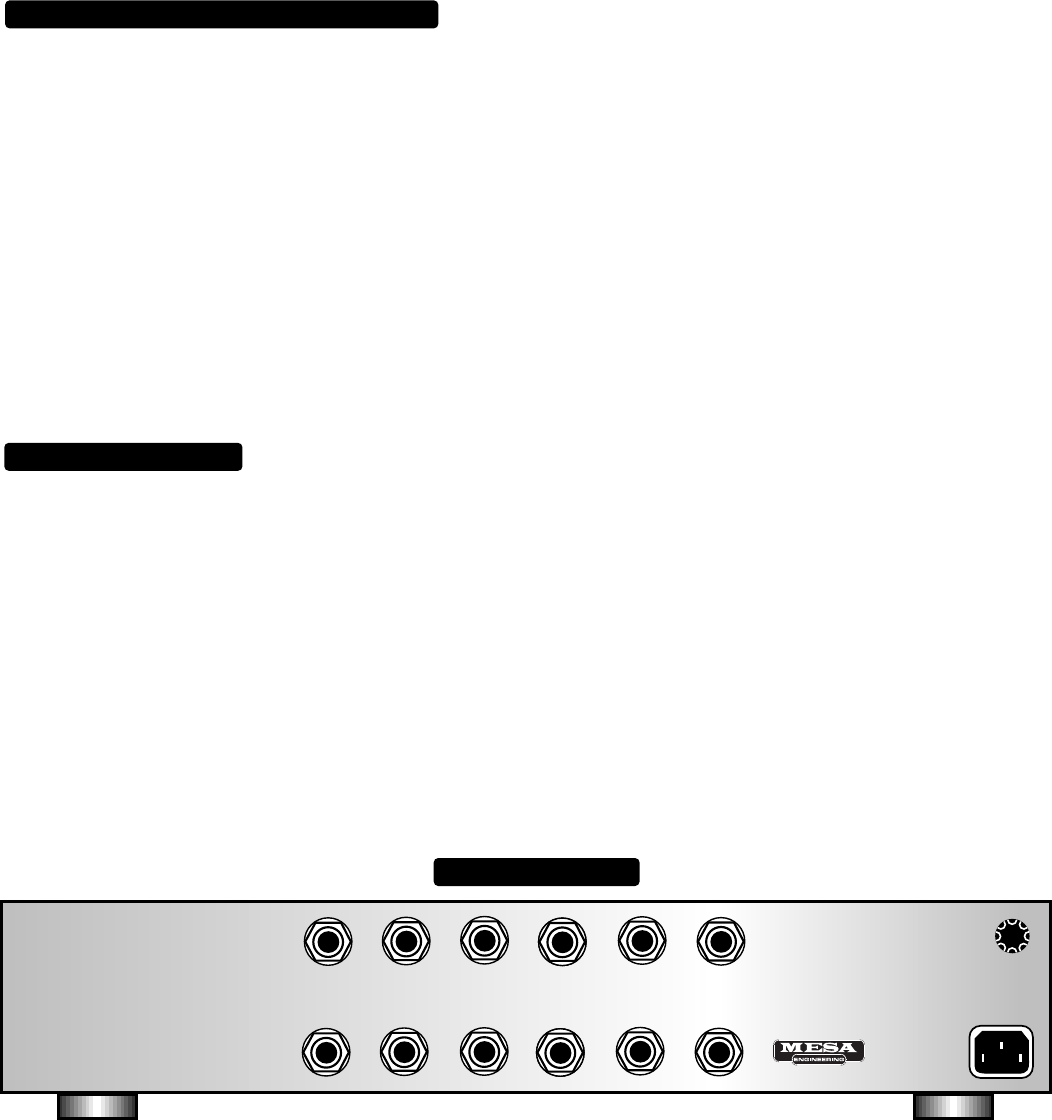
PAGE 4
sounds superior - or vice versa. Trust your ears! You will not cause damage to your speakers or the TIGRIS by mismatching.
Experiment to obtain the most pleasing results! Spades or steel spring bananas, gold- or rhodium plated, are the preferred cable
terminations. Spades may be stacked for bi-wiring, or you can use spades and bananas simultaneously. Bare wire should be dressed
with solder to prevent strays and offer the binding post lugs a firm and even contact. Biwiring requires two pairs of binding posts on the
speakers and runs separate leads to either set. Both leads connect at the amplifier, while the shorting straps or bars at the speaker
terminals are removed. In theory, seperating the high- and low frequency driver elements in the loudspeaker reduces possible inter-
ference caused by back EMF from the bass driver to the treble unit, but not all speaker designers agree. A definite side benefit is the
increased current capability of doubling the amount of conductors. Before you spend extra money to add second runs of speaker
cable, use your existing pair of speaker cable to run one speaker in mono and compare single- and bi-wire hook-up - testing speakers
monaurally is actually the most exacting method to determine tonal changes and distortion artifacts because you remove the distrac-
tions of stereo effects and imaging.
Hand-tighten the lugs first, then add a quarter turn with a small wrench if necessary. Do not overtighten! The threads on these posts
are very fine, and automobile tire-like torque will strip them.
A: Line Level Inputs - The TIGRIS offers four line level RCA single-ended inputs, with corresponding positions on the front-
mounted input selector - CD, Tape, Aux 1, Aux 2. For convenience’s sake, these inputs have been labeled. Remember, however, that
with the exception of a turntable, these inputs are fully interchangeable to accomodate the components that you wish to hook-up.
For example, if you do not presently own a CD player but have two tape decks, a tuner and a TV, you may connect those components
without worry. You will only have to remember that the CD input now corresponds with the TV, tape II with Aux 1 - or however you have
arranged your connections.
The inputs and outputs are arranged in two horizontal rows, with the left channel jacks, marked white, in the lower row and the right
channel jacks, marked red, in the upper row. The two output terminals are the outermost left and right pairs, with all the input terminals
inbetween. Each pair is clearly marked.
If you are not sure whether you have accidentally reversed channels, use a classical recording to check the location of the violins and
double basses- the violins should be to the left, the double basses to the right.
Due to its minute output ( Millivolts as opposed to the .5 or 2 Volts of a tapedeck or CD player ), a turntable is NOT a standard line level
input and needs its signal preamplified and equalized for RIAA before the TIGRIS can amplify it properly. Turntable preamps, also
called phono stages, are available from a variety of manufacturers such as McCormack, Parasound, Creek and others. A turntable
connected to such a phono stage may now be connected to any of the inputs of the TIGRIS. Do NOT connect a turntable DI-
RECTLY to a line level input!
The Tape Output is a unity-level output and not controlled by the TIGRIS Volume control. Whatever incoming signal has been
selected via the rotary input selector on the Front Panel, is fed through to the Tape Output. You could also consider a tape output a
3-3 SPEAKER BINDING POSTS: ( Continued )
3-4 HOOK-UP OPTIONS:
REAR PANEL: TIGRIS
RECORDING
OUT
4A SB
FUSE
WARNING: To reduce risk of fire or electric shock
do not remove cover. No user serviceable parts
inside. Refer servicing to qualified personnel. Do
not expose this apparatus to rain or moisture.
Replace fuse with same type and rating only.
PREAMP
OUT
AUX INAUX 2 IN
CD IN
TAPE IN
150 V
50/60 Hz
4 AMP
PURE CLASS A POWER
T
IGRIS
A
MPLIFIER
TM
TANDEM STATE IMAGING
Tunable Soundstaging
TM
The Spirit of Art in Technology



